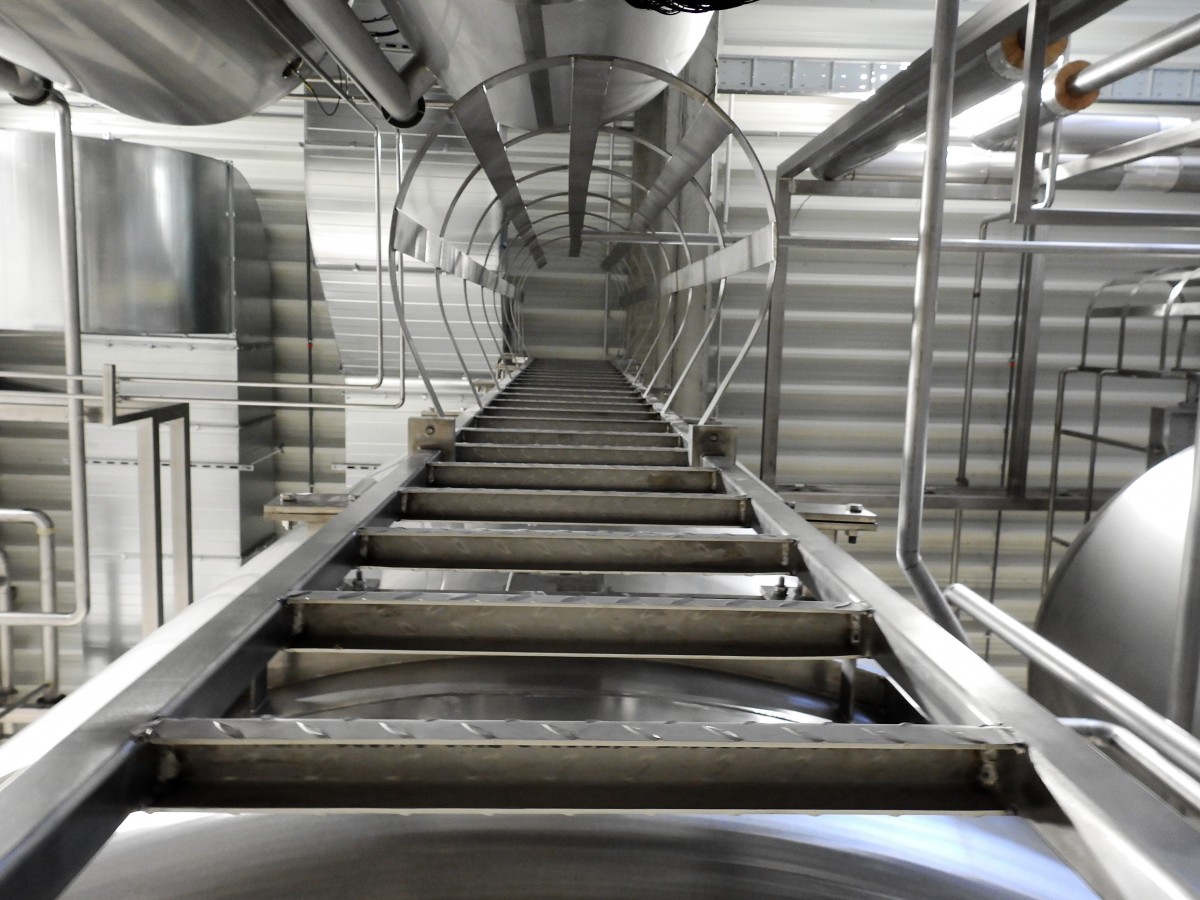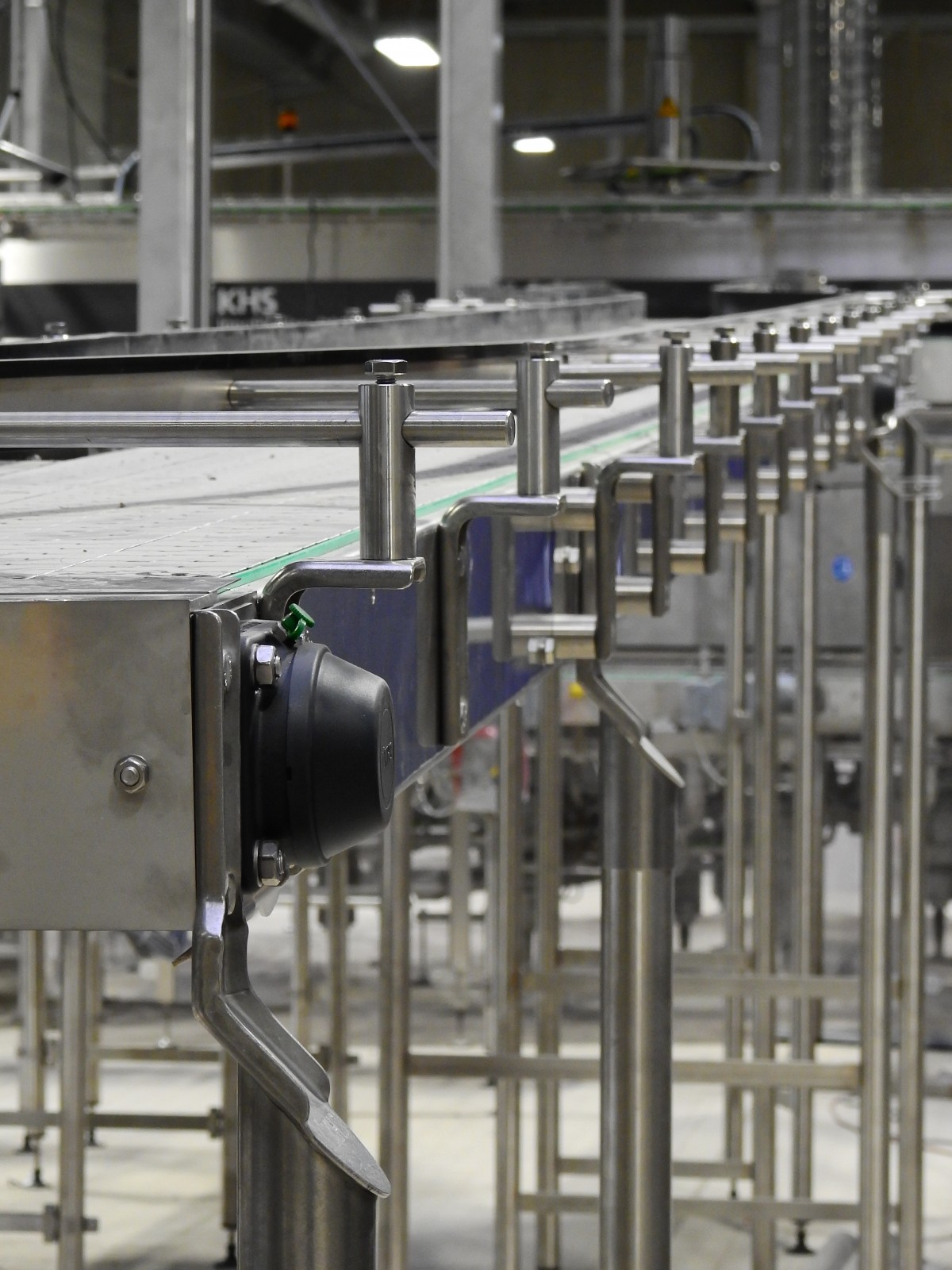
Conveyor belts are indispensable in many industries, from manufacturing to packaging and distribution. Selecting the right conveyor belt is crucial for ensuring efficiency and productivity in your operation. Whether you need a belt for an inclined or horizontal application, light-duty tasks, or a more specialized option like Cog-Veyor belts, understanding your specific needs will help you make the best choice.
Know Your Conveyor Belt Options
Conveyor belts come in various types, each designed for different applications. Here’s a breakdown of the most common options:
Inclined Conveyor Belts: Moving Materials Uphill
Inclined conveyor belts are designed to move materials upward at an angle. These belts are commonly used in industries where products need to be elevated from one level to another, such as in packaging or food processing. When selecting an inclined belt, consider the angle of elevation, the type of material being conveyed, and the belt’s grip and durability.
Horizontal Conveyor Belts: The Standard Workhorse
Horizontal conveyor belts are the most common type used in various industries. These belts move materials along a flat surface, making them ideal for transporting goods across long distances without changes in elevation. Whether you’re moving light-duty materials or more substantial loads, a horizontal belt provides a stable and efficient means of transportation.
Light-Duty Conveyor Belts: For Smaller Loads
Light-duty conveyor belts are designed for handling smaller, lighter loads. These belts are often used in applications such as packaging, assembly lines, and small parts handling. Light-duty belts are typically made from materials like PVC or rubber, providing a balance of durability and flexibility. When choosing a light-duty belt, consider the load capacity, speed requirements, and the operating environment.
Cog-Veyor Belts: Precision and Control
Cog-Veyor belts are a specialized type of conveyor belt that provides enhanced control and precision. These belts are ideal for applications requiring exact timing and synchronization, such as in automated systems or complex assembly processes. The cogged design ensures that the belt does not slip, providing consistent and accurate movement.
Key Factors to Consider

When selecting a conveyor belt, several factors will influence your decision. Understanding these factors will help you choose the best belt for your specific application.
Material and Load Type
The type of material you’re conveying is one of the most critical factors to consider. For example, abrasive materials require a belt made from a durable material like rubber, while light-duty tasks might be better suited to a more flexible material like PVC.
Operating Environment
The environment in which the belt will operate also plays a significant role in your selection. Factors such as temperature, humidity, and exposure to chemicals can affect the belt’s performance and lifespan. For example, belts used in food processing need to be made from food-grade materials that are resistant to moisture and easy to clean.
Speed and Capacity
The speed at which the belt needs to operate and the load it needs to carry will also impact your choice. For high-speed applications, you’ll need a belt that can maintain its integrity under fast-moving conditions. Similarly, if the belt needs to carry heavy loads, it must be strong enough to withstand the pressure without stretching or breaking.
Local Expertise and Support
Choosing a conveyor belt is more than just picking a product off the shelf. It’s essential to work with local experts who understand your specific needs and can provide ongoing support. Local suppliers offer the advantage of quicker response times, customized solutions, and a deep understanding of the regulatory and environmental conditions specific to your area.
Why Work with a Professional?
While it might be tempting to handle conveyor belt selection and installation on your own, the expertise of a professional can save you time, money, and frustration in the long run. Professionals have the experience and knowledge to help you choose the right belt, ensure proper installation, and provide maintenance tips to extend the belt’s lifespan.
Professionals can also provide valuable insights into the latest technologies and innovations in conveyor belt design, helping you stay ahead of the competition. They can assess your specific needs, recommend the best options, and even help you customize a solution tailored to your operation.
Keep Your Operation Running Smoothly
Selecting the right conveyor belt is crucial for maintaining the efficiency and productivity of your operation. Whether you need a light-duty belt for simple tasks or a specialized Cog-Veyor belt for precision applications, understanding your needs and working with local experts will help you make the best choice.
Remember, your conveyor belt is more than just a moving surface—it’s a critical component of your operation’s success. Make the right choice, and keep your business running smoothly for years to come.
